
If you’ve owned your fridge for more than 12 months and haven’t cleaned the coils yet, this guide is for you! To keep your refrigerator working optimally, you should clean the coils every 6-12 months, or more frequently if you have pets in the house (all that hair is prone to sticking to the coils). It’s a simple task that can prolong the life of your refrigerator and improve its energy efficiency—and even help you save on your electric bill. Read on to find out what to do!
What Are Refrigerator Coils?
Refrigerator coils are the heart of a refrigerator’s cooling system. They are filled with refrigerant and work to dissipate heat and keep the interior of the refrigerator cool. If they become dirty or dusty they are not as efficient at dissipating heat, and your refrigerator will need to work a lot harder to maintain its cool temperature. This can lead to your refrigerator emitting a louder humming noise than usual, or you might also notice the interior of your fridge is not as cold as it should be.
How Do Refrigerator Coils Work?
The refrigerant flows through the refrigerator, absorbing heat and cooling the fridge’s interior. Once heated, the refrigerant becomes a gas. The compressor then compresses the refrigerant, which flows through the refrigerator coils and releases its heat, turning it back into a liquid.
This process then repeats, constantly cooling the interior of your refrigerator and keeping your food cold.
Why Do Refrigerator Coils Need Cleaning?
Refrigerator coils are particularly prone to attracting dirt and dust. They’re close to the floor, so are therefore close to built-up pet hair and dust. They also are often located in an area that may be prone to kitchen grease, which encourages dust to stick to the coils. Lastly, because of the constant cycle of heating and cooling, there tends to be a lot of airflow around refrigerator coils, which means it’s easy for airborne dust to stick to them.
Cleaning Refrigerator Coils – A Step-By-Step Guide
Step 1 – Turn Off Your Fridge
When doing any maintenance or repair work on your refrigerator, always turn it off to prevent the risk of electric shock. Don’t worry about your food—the cleaning process shouldn’t take long, so your food will stay cool while you work.
Step 2 – Locate the Coils
The exact location of your refrigerator coils will depend on the make and model of your fridge. We recommend consulting your user manual to find out where yours are on your model. As a general rule, older refrigerators have coils located at the back, and newer refrigerators have them at the bottom.
In newer models, the coils are usually behind a grille or kick plate that you’ll need to remove before you get started. In all cases, you’ll likely have to move your refrigerator away from the wall in order to access the coils.
Step 3 – Vacuum the Coils
Once you’ve accessed the coils, the next step is to vacuum them. If your coils are not too dirty, vacuuming might be enough to get them totally clean. If they’re sticky with kitchen grease or there is a lot of dust buildup in hard-to-reach places, you’ll have to use additional cleaning methods.
Step 4 – Use a Brush
Your local hardware store will sell coil cleaning brushes. There are long, soft, flexible brushes that are bendy enough to get into all the nooks and crannies of the coils, but soft enough that they don’t risk doing any damage.
Keep your vacuum on hand as you’re using one of these brushes, as you’ll want to use it to get rid of the dust that gets loosened.
Step 5 – Try Compressed Air
While a coil cleaning brush is pretty good at getting into most hard-to-reach areas, there may be some spots of dust that you just can’t get to. This is where a can of compressed air comes in. Compressed air blasts a stream of air that is strong enough to remove even the most stubborn dust. The only disadvantage is that it’s likely to blast dust everywhere (and we mean everywhere!) so be prepared to vacuum the entire kitchen floor after you’re finished.
Step 6 – For Greasy Coils, Try a Coil Cleaning Solution
If your refrigerator coils haven’t been cleaned for a long time, they may be coated in kitchen grease. This will mean that the dust doesn’t just blow or brush off the coils—it sticks to them instead! If this is your situation, we recommend trying a coil cleaning solution. You can purchase this from your local hardware store and follow the instructions on the packet. Most products come as a spray that works to dissolve grease, oil, and sludge from the coils so it can be easily removed.
Once you’ve sprayed on the solution and left it for a few minutes, use your coil cleaning brush to loosen the grime and get into any tight spots. Then use a paper towel or soft cloth to wipe away any remaining grease and dust.
Step 7 – Clean the Surrounding Area
Once you’ve cleaned your coils, you want to ensure the surrounding area is clear of dust or else they’ll immediately get dirty again! Use the hose attachment on your vacuum to clean away any dust and grime from nooks and crannies surrounding your fridge. Also ensure that the grille that covers the coils is clean.
Step 7 – Put Your Fridge Back
Replace the grille, put your fridge back in its place, and turn it on. With your perfectly clean coils, you should find your fridge is cooling efficiently—if you’re lucky, you might even notice a decrease in your power bill!

How to Reset a Whirlpool Refrigerator Ice Maker
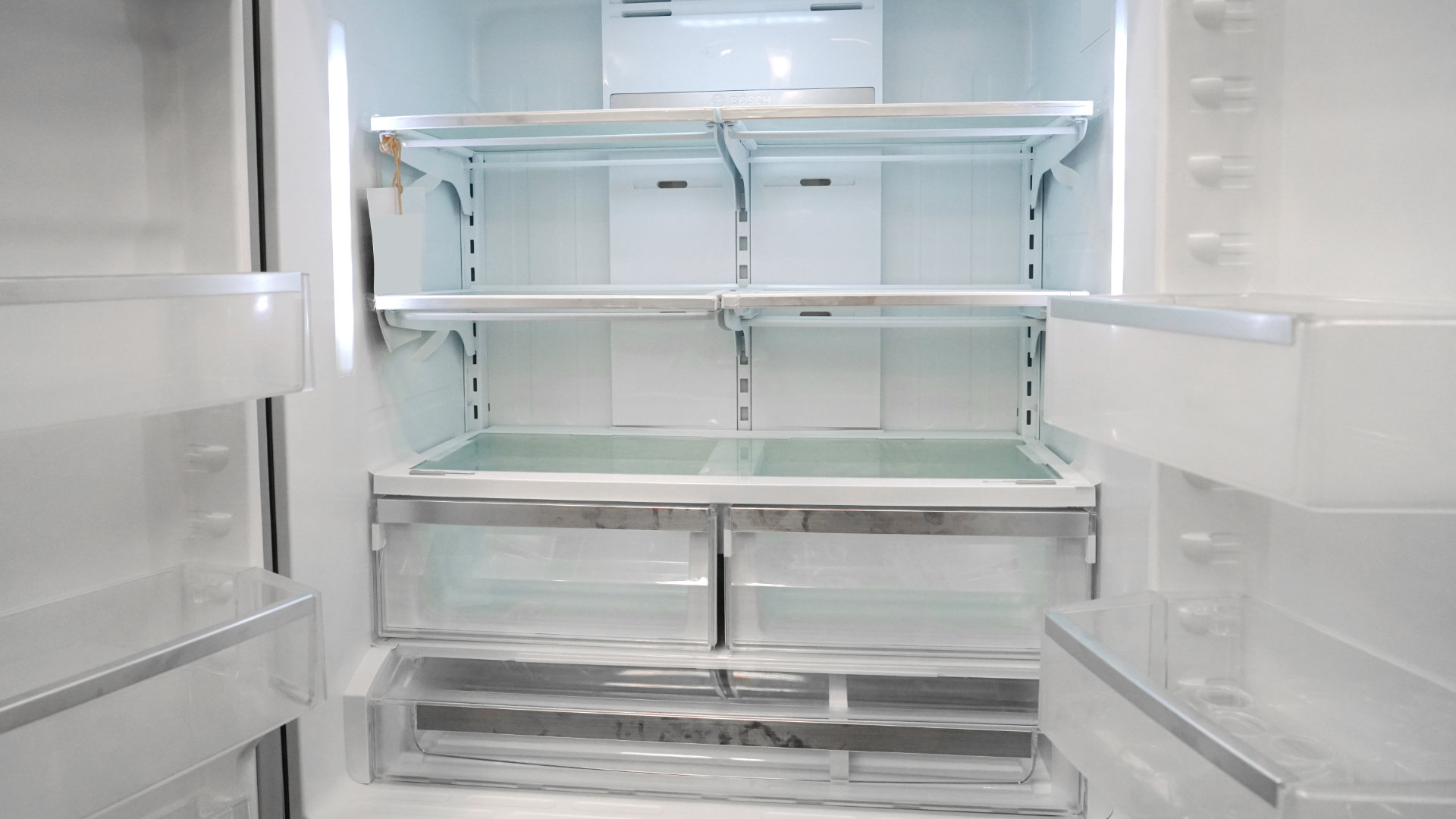
6 Reasons Your LG Refrigerator Is Not Making Ice

Kenmore Fridge Ice Maker Not Working? 5 Ways to Fix It
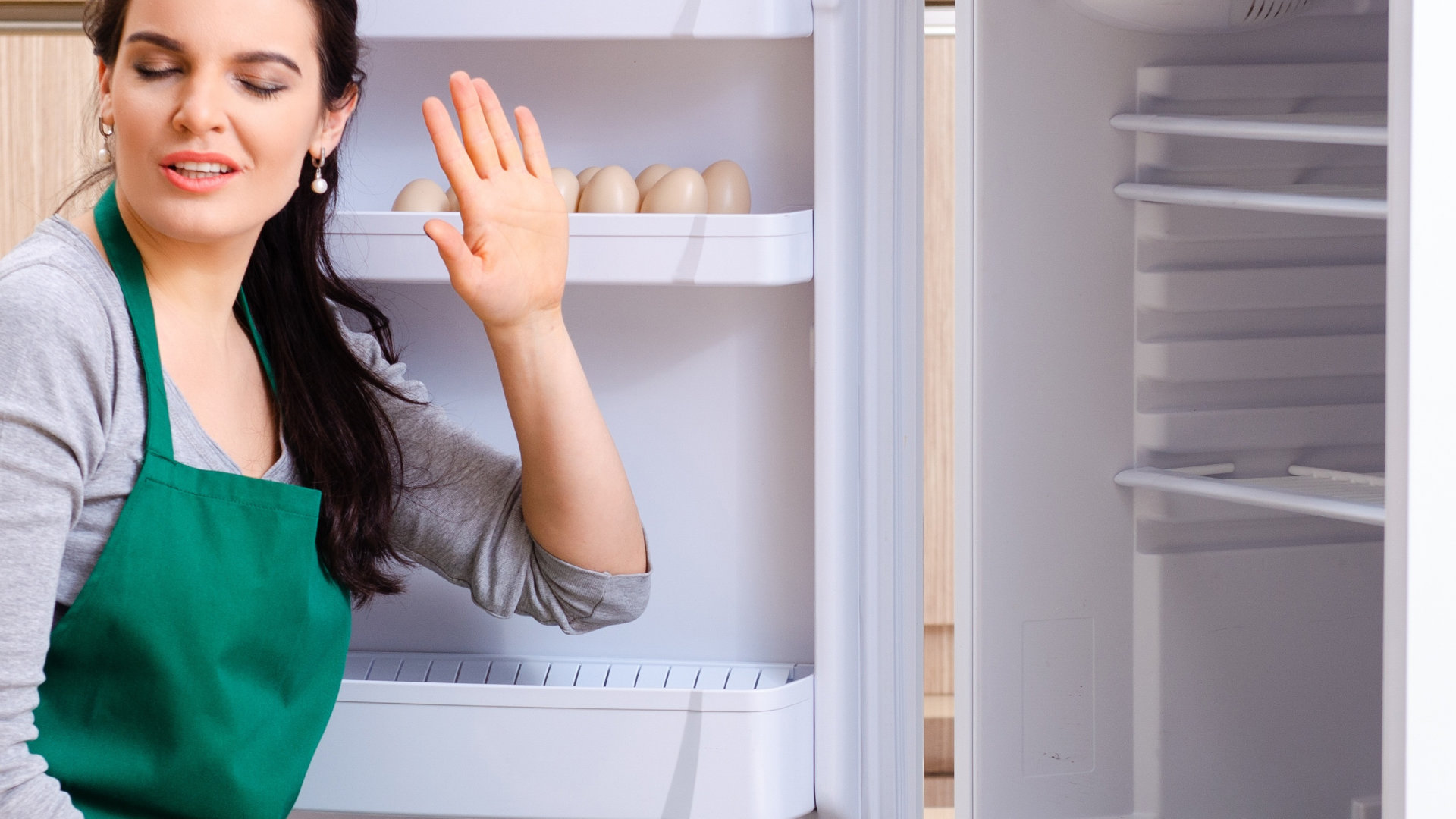
How to Remove Fish Smell from Your Refrigerator
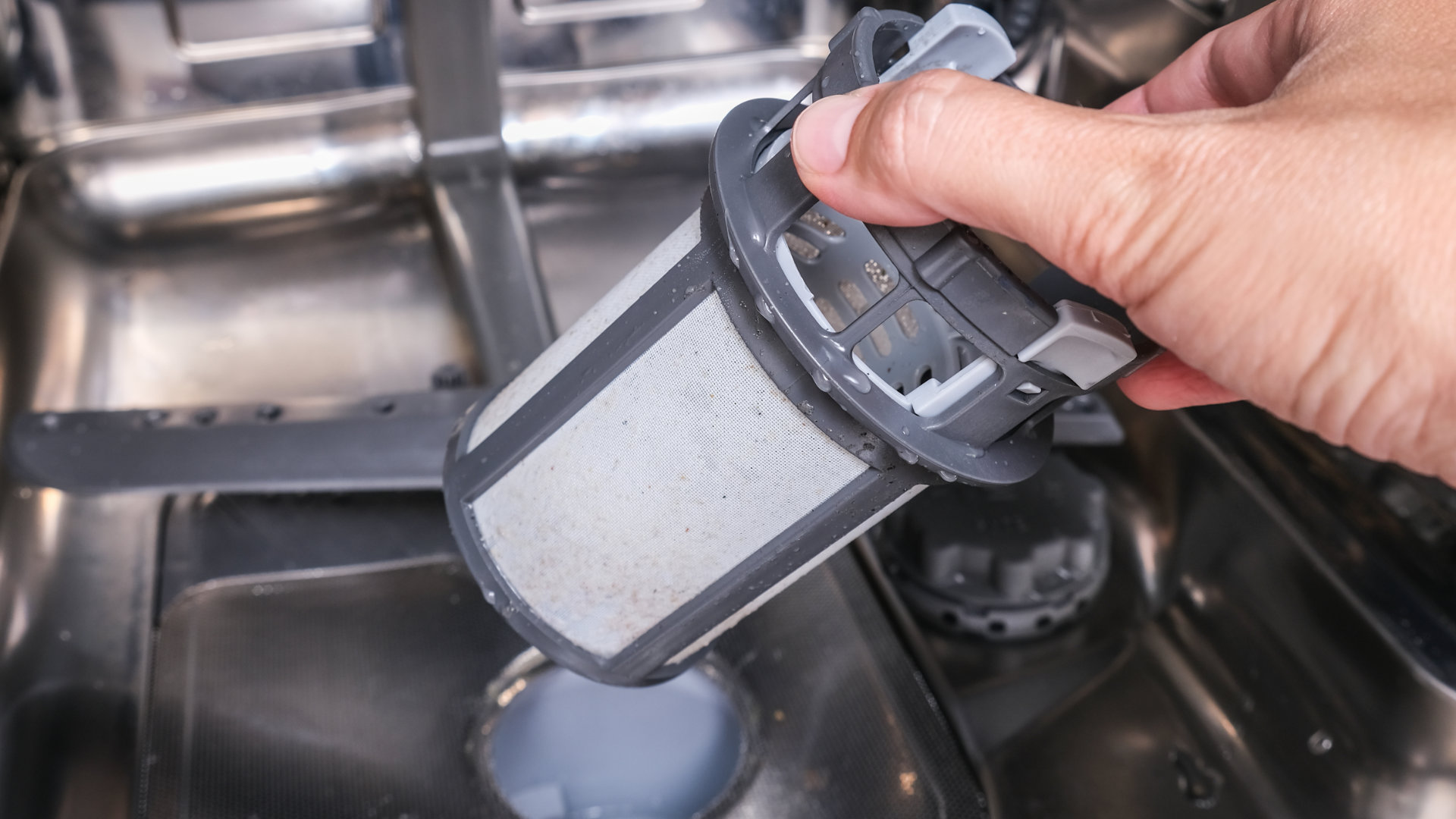
How To Fix Bosch Dishwasher E24 Error
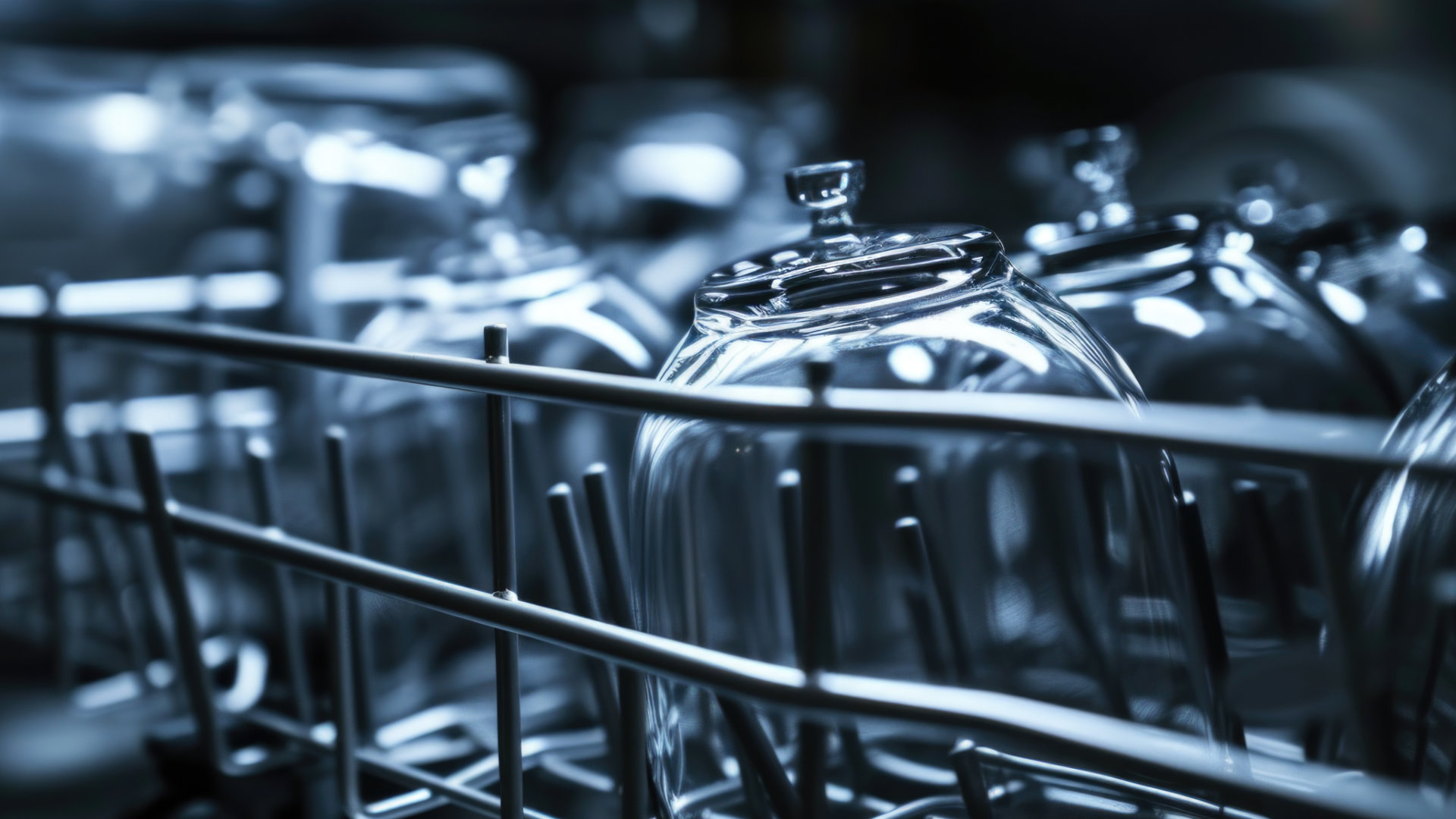
Troubleshooting a Whirlpool Dishwasher Not Draining

Why Is Your Fridge Water Not Working, but Ice Is?

How to Fix the E15 Bosch Dishwasher Error Code

How Much Power Does a Microwave Use?

How to Properly Clean Refrigerator Coils
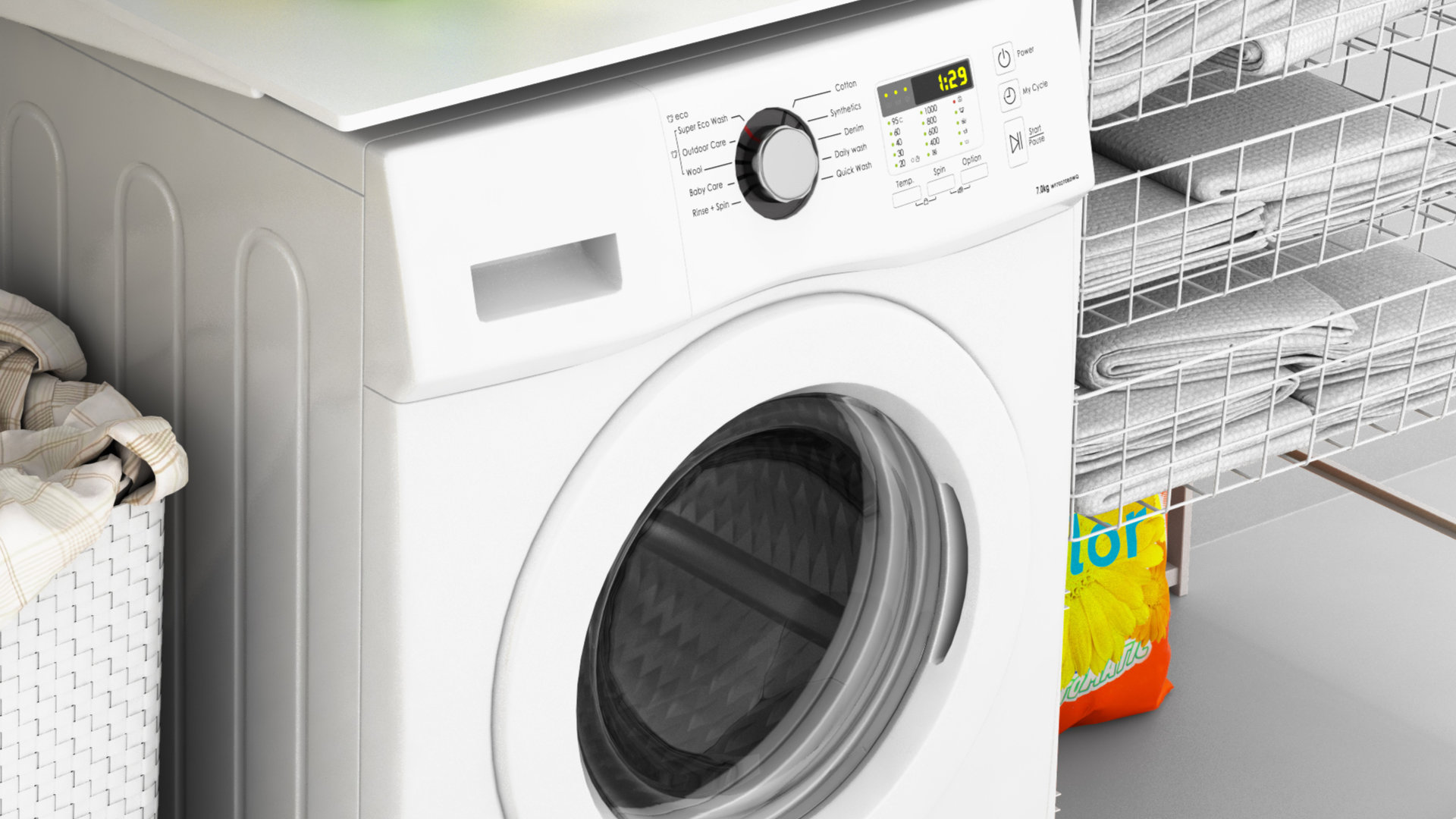
How to Fix an LG Washer Showing OE Error Code

Troubleshooting a GE Dishwasher with No Power and No Lights

10 Reasons Why Your Bosch Dishwasher Won’t Start

Troubleshooting the F5 Error Code with a Maytag Washer


